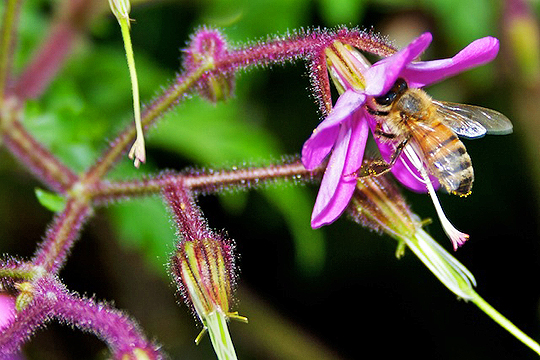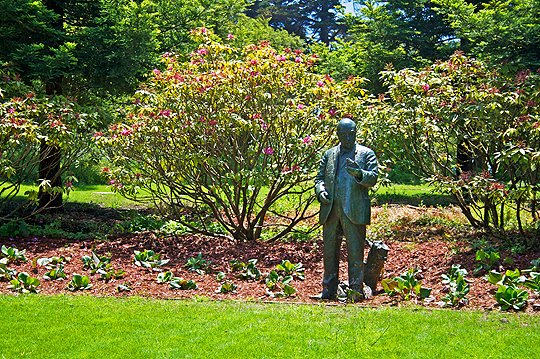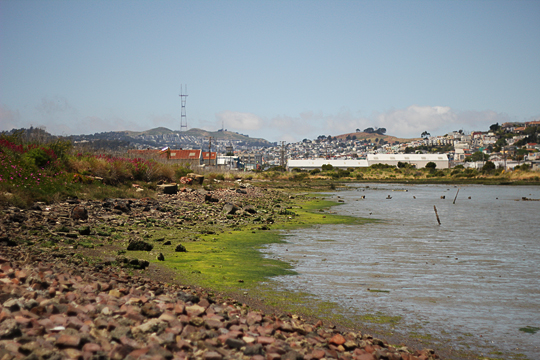
Of all the ghosts haunting Golden Gate Park, the most frustrated might be John McLaren.
When McLaren died in 1943 at the age of 96, he’d served as Golden Gate Park superintendent for 52 years, during most of which he lived in the stately lodge at Stanyan and JFK. His was a life distinguished by a devotion to trees and a hatred of statuary – so how did they mark his passing? With a statue, of course.
You might’ve spotted it on a walk through Golden Gate Park. He’s the short man gazing at a pinecone, not far from the weekend roller-skaters.
That statue is more than just a commemoration of McLaren’s decades of work on the park, which was no more than a strip of sand dunes when first entrusted to his care in 1887. It also marks the entrance to the John McLaren Memorial Rhododendron Dell, which has been closed since mid-2009, only just re-opened this month.

The revamped dell seems strangely empty at the moment, since most of the new plantings haven’t had an opportunity to grow in yet. Over the summer, the beds will become much more lush.
Until then, it’s still a lovely place to wander and get lost. Highlights include a winding staircase to a shaded mound with out-of-the-way benches, and various interesting narrow unpaved paths that lead up into the hillsides.
This facelift for the dell is just the latest upgrade in a difficult history. Created in the early 1950s, many species initially died. As more appropriate varieties of rhododendron were planted, the dell began to fill in – only to be decimated in the same 1996 storm that nearly destroyed the Conservatory of Flowers. Various rehabilitation projects have struggled to keep the dell healthy since then.
But it’s not as easy as simply planting a bush in the ground. A number of factors work against the success of rhododendrons in Golden Gate Park: direct sun can burn the plants to death, while strong winds can inhibit the flow of nutrients.
A 1955 article in the Journal of the American Rhododendron Society adopts an exasperated tone when discussing the failed plantings in the dell:
All rhododendrons are not for all people. Reluctantly we are forced to agree with many who have tried before us that the R. griersonianum hybrids are not going to live up to their rating in the San Francisco Bay area. We refused to accept the judgment passed on them and worked up a large stock of many varieties. These were placed in every conceivable location and condition that we could provide. The results have been far from satisfactory.
The article goes on to describe the meticulous breeding of various colorfully-named Rhododendron cultivars, including the R. Van Nes Sensation, R. Fastuosum Flore-plenum, and R. Prof. Hugo De Vries.
Interestingly, one of the few species of rhododendron to thrive in the dell was a clone named R. John McLaren. The ARS article praises the species’ “legginess.”
Today, GGP gardeners are able to ensure healthy vegetation in the dell. Over the next few weeks, the one-time sand-dunes will fill in considerably with blooming rhododendrons – an utterly fitting tribute to the park’s greatest steward.
Matt Baume is a San Francisco writer and photographer covering transit, ecology, and the science of cities.
View Spots Unknown Map in a larger map

